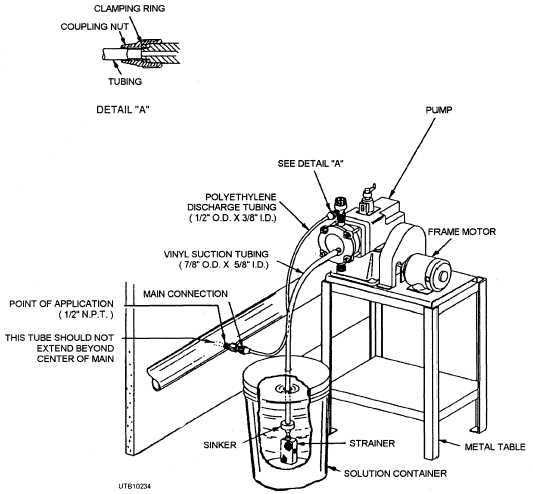
Figure 8-2. - Model S Hypochlorinator feeder (or pump).
timing element in the secondary circuit shuts off the feeder after a predetermined number of feeder strokes; the number of strokes is adjustable. In the hydraulic type (fig. 8-3) the meter actuates gears in a Treet-O- Control gearbox which, in turn, controls operating the feeder. The dosage rate is controlled by water flow through the meter, thus automatically proportioning the treatment chemical. Opening and closing frequency of the valve thus determines frequency of operation of the Chlor-O-Feeder.
The Model S Hypochlorinator (fig. 8-2) is a positive displacement diaphragm pump with a manually adjustable feeding capacity of 3 to 60 gallons per day. A motor-driven eccentric cam reciprocates the diaphragm, injecting the solution into the main supply. The use of chemically resistant plastic and synthetic rubber in critical parts contributes to a long operating life.
It is not normal practice to locate hypochlorinators in the same room with other equipment, such as pumps, switchboard, meters, and the like. Because of the corrosiveness of the solutions, it is better practice to locate them in a separate room. In any event, adequate floor drains should be provided for carrying away wastewater, spillage, sludge, and washdown water. A curbing at least 6 inches in height should be

Figure 8-3. - Typical hypochlorination hookup.
Continue Reading